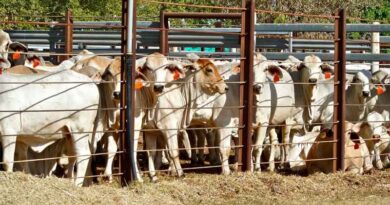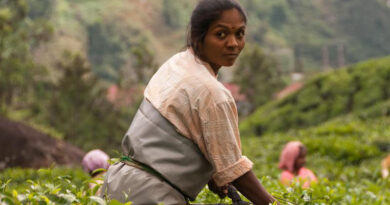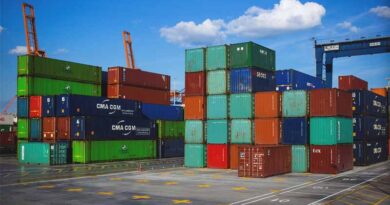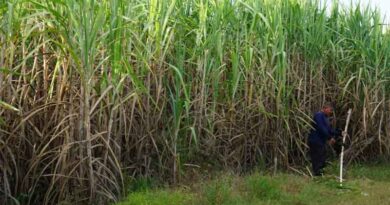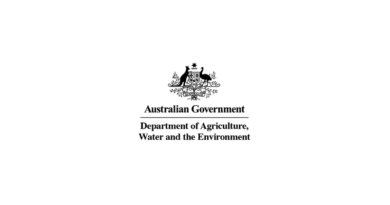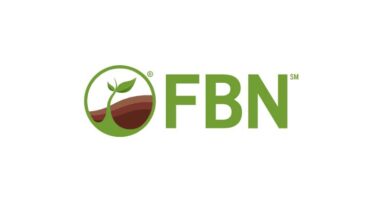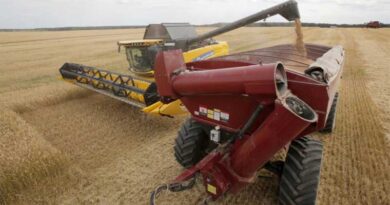Australia’s 2022-23 primary export values increase
30 January 2024, AU: The value of Australia’s primary exports hit fresh highs for the July 2022 to June 2023 fiscal year, as record crop production coincided with increased demand for grain with global supply disruptions and higher prices.
Australia exported A$80.4bn ($53bn) of agriculture, fisheries, and forestry products in the 2022-23 fiscal year, a 17pc increase on the previous year, according to the Department of Agriculture Fisheries and Forestry (DAFF). Exporters benefited from falling input costs compared with the first half of 2022, including easing costs for fertiliser and freight.
China remains Australia’s largest single export market, worth approximately A$17bn in 2022-23.
Australian exporters benefited from high global prices for grain. Suboptimal production conditions for other major exporting countries contributed to higher prices. The Black Sea grain initiative for Ukrainian exports was in effect in 2022-23, which while in place helped soften prices, according to DAFF.
Australian wheat exports made up 20.8pc of total exports in 2022-23, increasing in value from the previous year by 48pc. Beef and veal exports totalled 13.3pc, increasing in value by 8pc from the previous year.
Higher levels of rainfall brought about by the 2022–23 La Nina event provided exceptional conditions for Australian crop production. This coincided with unfavourable crop-growing conditions for Australia’s key competitors, which in turn contributed to reduced global supplies and higher export prices, according to DAFF.
The value of Australian agriculture production is forecast to fall for 2023-24, as increasing global supplies and drier conditions affect Australian farmers. The total agricultural production projection for 2023-24 is A$78bn, A$2.4bn lower than the previous year, according to DAFF. Australian crop production values are expected to fall by A$12bn in 2023-24.
Falling production values and incomes are also linked to weaker global prices that are reflective of higher global supplies, according to the acting executive director of federal research organisation the Australian Bureau of Agricultural and Resource Economics and Science David Galeano.
Also Read: Brazil: Why did pesticide registrations decrease in 2023
(For Latest Agriculture News & Updates, follow Krishak Jagat on Google News)


